Šerkämä – Women’s brooch
Artefact of the month – January 2023
This šerkämä, or women’s coin-covered brooch, dates from 1856. Linguist August Ahlqvist (1826–1889) brought it with him on an expedition from Kozmodemyansk in the Volga region of Central Russia. The brooch and the Mountain Mari artefacts acquired at the same time started a conscious collection of artefacts from the Finno-Ugric peoples.
Study of the Finnish language and the Finns in Imperial Russia
August Ahlqvist (1826–1889), the future professor of the Finnish language, went to Russia in the mid-1850s to visit the “Finnic” peoples in order to gain “greater and deeper insight into the Finnish language.” The connection between the Finno-Ugric languages had already been recognised in the early 1700s.
Ahlqvist travelled to the south of the Vyborg province among the Ingrian Savakkos and Ayrämöinens (1854), to the Karelian and Vepsian regions in Aunus (1855), to Central Russia among the Cheremissians, i.e. the Maris, the Chuvash and the Mordvins (1856) and to Siberia among the Voguls and Ostyaks who, in their native languages, called themselves Mansis and Khantys (1858). His detailed observations resulted in the publication of Muistelmia matkoilta Wenäjällä 1854–1858 in 1859. It was the first travel book written in Finnish.
In his notes, he paid attention to the clothing, character traits, habits, livelihoods, housing and housekeeping of the “Finns” he met. Women’s costumes were particularly interesting because they had nation-specific characteristics. On the other hand, the men’s costumes were everywhere similar to those of the Russians.
In Kozmodemyansk in Central Russia, Ahlqvist wanted above all to study the Turkish Chuvash language because its connection with Finnish had not yet been established in 1856. In addition to collecting language samples, Ahlqvist noticed that the Chuvash and the Cheremissian women in the area dressed very similarly. Both wore a wide money ornament covering their chests, similar to the one Ahlqvist brought to Finland.
Finno-Ugric collection explains Finnishness
The ornament, i.e. the šerkämä, and a women’s green coat, a beltcloth, an ošpu headdress and a shoulder strap, acquired at the same time, were catalogued as Cheremissian objects in the Asian Collection of the Imperial Alexander University, which also included objects from the Bashkirs, Chuvash, Samoyed, Tungus, Yakuts and Chukchi. The university’s historical-ethnographical collections were incorporated into the collections of the newly established State Historical Museum in 1893. This museum was officially named the National Museum of Finland in 1916.
August Ahlqvist’s expeditions date back to a time when Finnishness was consciously constructed as part of the Russian Empire. The definition of Finnishness was taking shape, and the ingredients for this were sought from far away, from as far east as Siberia. In outlining nationality, it was important to distinguish between Russianness and Swedishness, but also between the Finnic people. The collection and study of data was influenced by European schools of thought and ways of doing science, such as looking at artefacts and peoples through comparison and hierarchy.
In addition to Ahlqvist, several other Finnish linguists and ethnologists went on expeditions to the East in the 19th and early 20th centuries. The Finnish National Museum’s Finno-Ugric collection contains around 9,000 objects collected around the 1850s and 1920s from outside Finland’s borders from the sphere of influence of other cultures. This is important to recognise when considering the colonialist overtones of the collection history of the National Museum of Finland and promoting decolonising measures in museum work and collections.
Anna-Mari Immonen
Literature
Ahlqvist, August 1859. Muistelmia matkoilta Wenäjällä 1854–1858. Suomalaisen Kirjallisuuden Seura, Helsinki.



-
2024
-
2023
-
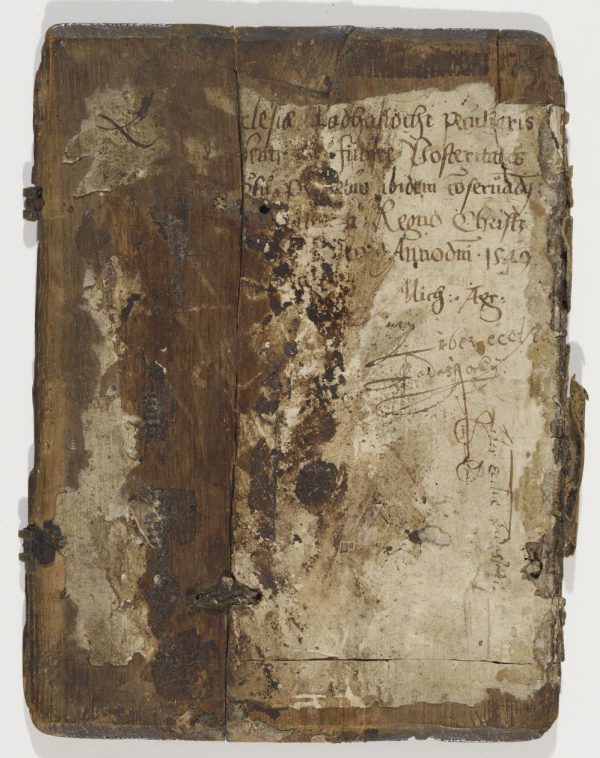 Book cover
Book cover
-
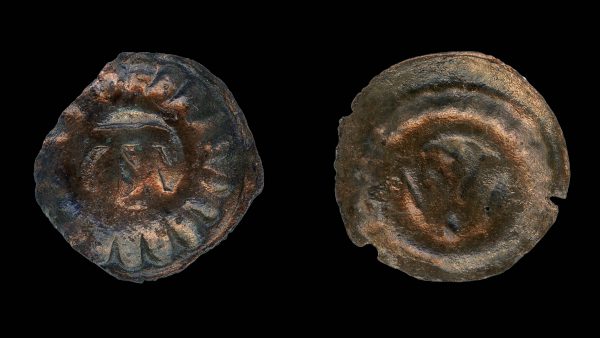 Pennies found in Häme Castle
Pennies found in Häme Castle
-
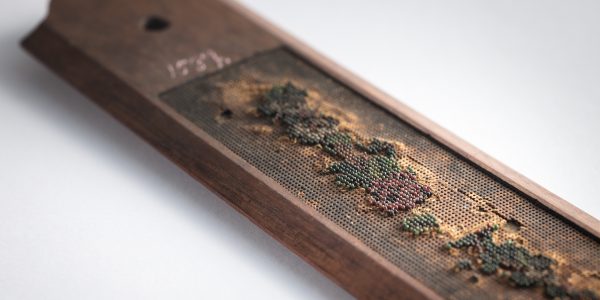 Ruler received by Aleksis Kivi as a consolation gift
Ruler received by Aleksis Kivi as a consolation gift
-
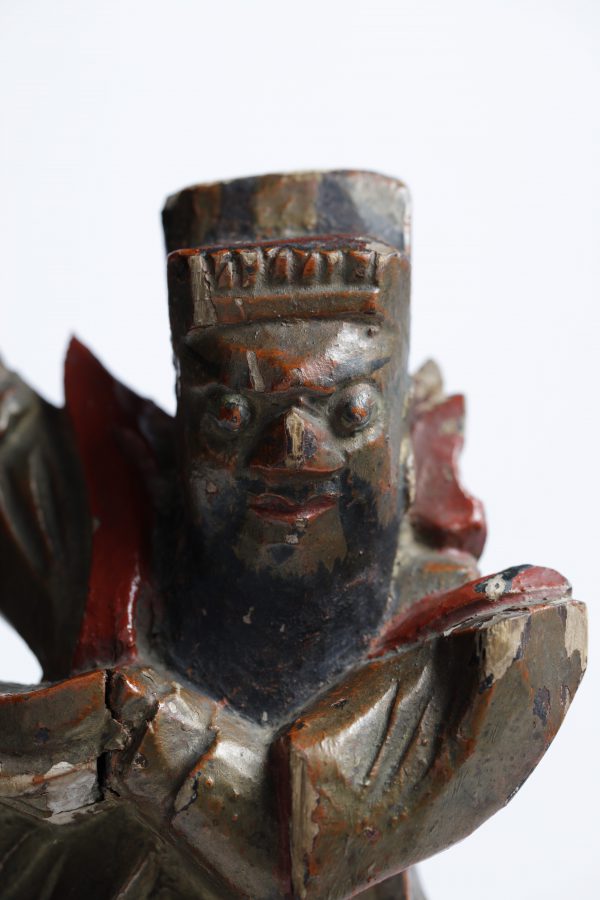 Caishen, god of wealth
Caishen, god of wealth
-
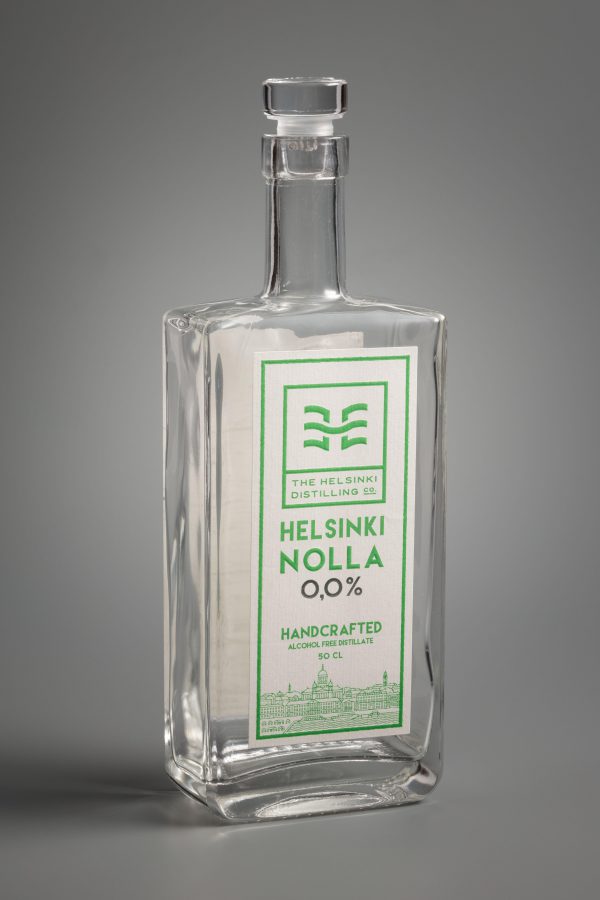 Sober curious phenomenon
Sober curious phenomenon
-
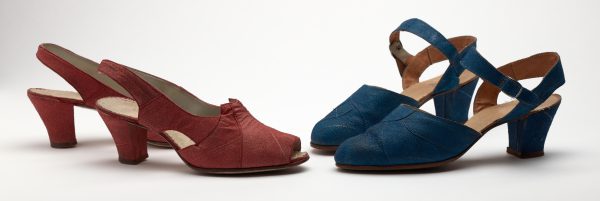 Summer shoes made of fish leather
Summer shoes made of fish leather
-
 Book briefcase of the Finnish Seamen's Service
Book briefcase of the Finnish Seamen's Service
-
 Nyytinkirukki lace pillow
Nyytinkirukki lace pillow
-
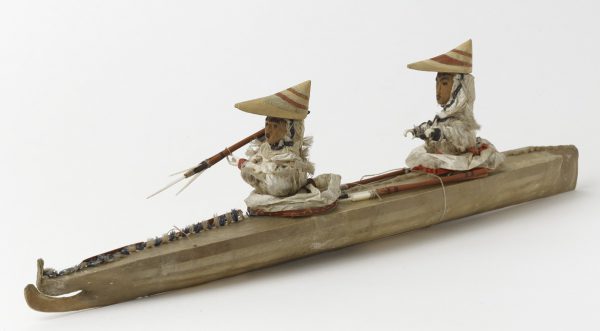 Arctic vessels and scale models
Arctic vessels and scale models
-
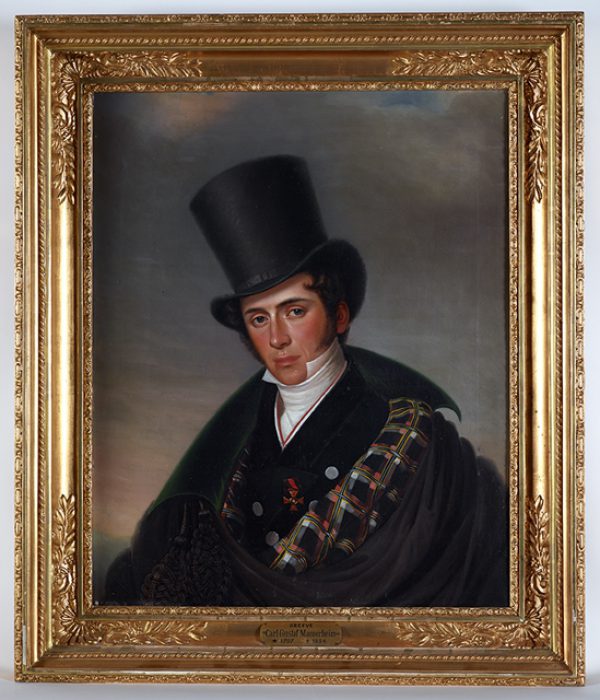 Portrait of a young dandy: Carl Gustaf Mannerheim
Portrait of a young dandy: Carl Gustaf Mannerheim
-
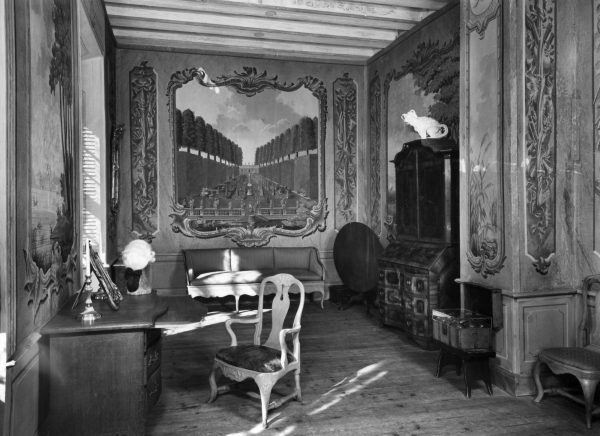 Painted Wall Covering in the Devil’s Chamber
Painted Wall Covering in the Devil’s Chamber
-
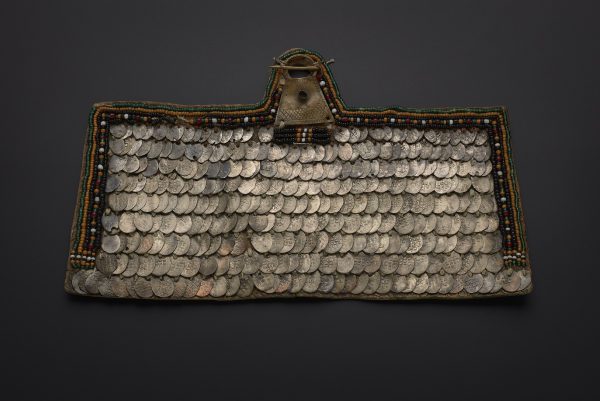 Šerkämä – Women’s brooch
Šerkämä – Women’s brooch
-
-
2022
-
2021
-
2020
-
2019
-
2018